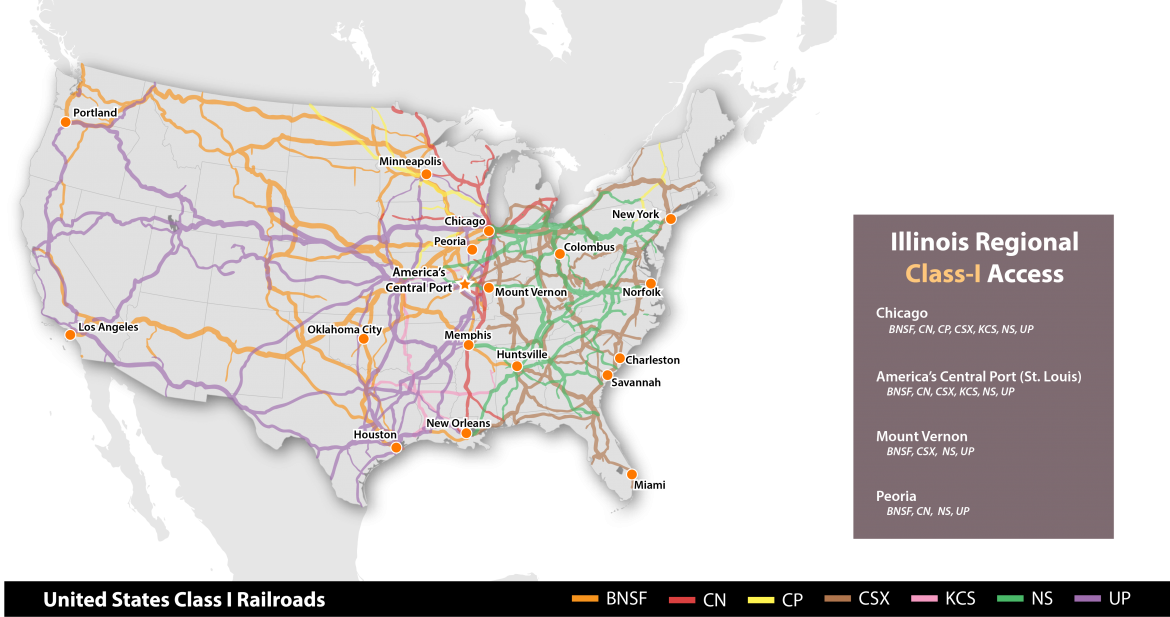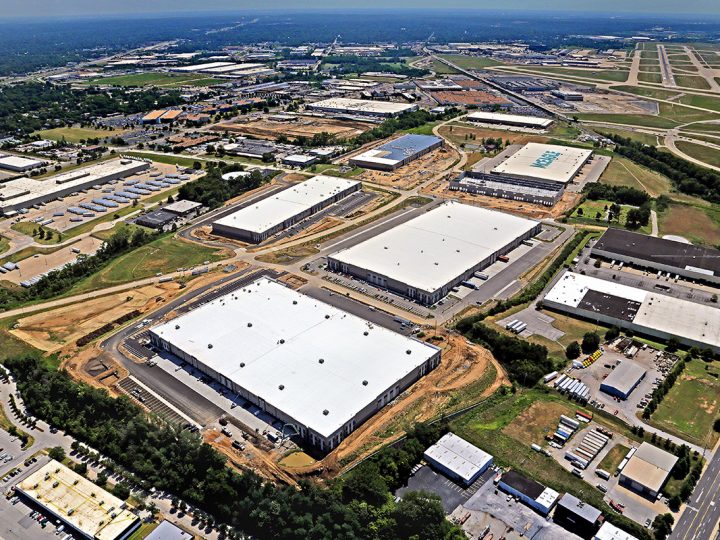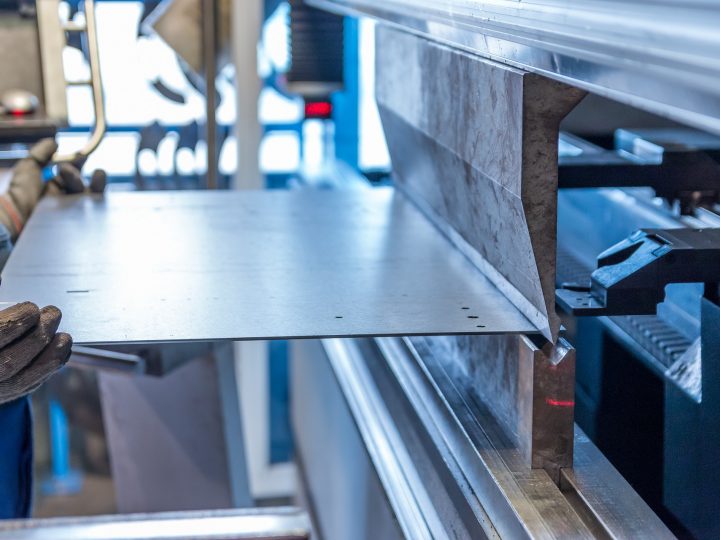
This article was originally published in “The Illinois Manufacturer: Fourth Quarter 2020 Edition.“
Manufacturers want options. They want less touches and any efficiency they can get their hands on. Access to rail can provide those advantages.
If you manufacture anything that requires the transportation of bulk materials, there’s a good chance rail logistics is included in your plans to scale your business. If not, it should be. The key cost-saving benefits come in the form of fuel efficiency for long haul deliveries, as well as economies of scale when needing to ship or receive large quantity orders. For example, if your manufacturing plant needed petrochemicals for the production of your goods, U.S. freight railroads, on average, move one ton of freight more than 470 miles per gallon of fuel. Freight trucks on the other hand can only move one ton of freight just over 134 miles per gallon of fuel, thus creating a 350% fuel-saving advantage for rail users. In addition, on average, one rail car filled with product is equivalent to three freight trucks. Market conditions contribute to the equation as well, but when shipping bulk products regionally or to and from international markets, rail plays a critical role in providing manufacturers with a cost-effective alternative.
However, for rail to be a relevant answer for your operation, it is essential to have access to Class-1 railroads that serve your buyer and/or supplier network. Above is an illustrated map showing an overview of key cities and coastal ports served by the Class-I railroads.
Three Emerging Opportunities in Rail
1. Bulk Sourcing
If your business model requires a bulk supply of inputs in order to manufacture your product, rail can be an incredible asset to help you scale. The types of inputs typically more cost effective to ship in bulk supply by rail include plastic pellets, petroleum and chemical products, lumber and building materials, steel and other metallic alloys, minerals and aggregates, and agricultural inputs. Some example business models include:
• A manufacturer that uses dried distiller grains (DDGs) in the production of cattle feed, where one railcar can carry approximately 90 tons of DDGs.
• A building materials supplier that sources lumber and other materials in bulk for regional distribution needs, where one box car can hold approximately 204,000 lbs of lumber, and a centerbeam railcar can hold 223,000 lbs of dimensional product.
• A plastic manufacturer sourcing liquid petrochemicals or plastic pellets in the production of their final product, where one railcar can hold approximately 28,500 gallons of chemicals or 6,000 cubic feet of space for plastic pellets, depending on the type of railcar used.
• A steel processing manufacturer sourcing steel coils in the production of fabricated steel, where trucks are limited by highway weight restrictions and only allow one steel coil per truck, whereas rail gondola cars can hold up to 4 steel coils at a time.
(Capacity approximations provided by Port Harbor Railroad, a Class-III shortline railroad providing switching services to BNSF, CN, CSX, KCS, NS, & UP at America’s Central Port.)
2. Bulk Distribution
If your business produces a product that is shipped in bulk on a regular ongoing basis, rail can be an incredible advantage for your bottom line. The United States rail network comprises nearly 140,000 miles of rail, stretching from coast to coast, providing access to Canada and Mexico, and connecting major cities and buying centers across the United States. With every major coastal port having direct access to at least one Class-I railroad, rail users around the country gain the benefit of being able to transport their goods to these destinations at a more cost effective rate, thus opening the door to more effectively target international markets. Some examples of manufacturing industries that would benefit from access to rail for bulk distribution include the chemical, petroleum products, plastic pellets, wood products, steel products, and animal feed industries.
3. Toll Manufacturing & Co-Packing
Consider all of the multinational companies that need partners to sub-contract aspects of their manufacturing process. For example, a toll chemical manufacturing company might receive a product from a customer that requires a bulk shipment of liquid petroleum, which then requires further treatment, blending, or additives. Once the required additions have been made, the product is then shipped back to the manufacturer that requested the service, or to other entities, such as a liquid terminal, that exist throughout the manufacturer’s supply chain. In this instance, having direct access to rail can be an incredible asset to land multinational clients, as they know you can both receive and ship their product by rail when needed, thus providing them with a more cost-effective and scalable option.
These opportunities however only exist if you can find rail-served real estate. Now, if you hop on Loopnet, “rail-served” doesn’t quite mean what you might think. You might have a main line adjacent to the site you are looking at, but that means you’ll need to add your own spur, and keep in mind rail construction costs on average around $1.3 million per mile. You also need to convince the Class-I railroad that owns the line to serve your facility, which will cost additional time and capital.
The actionable opportunities in rail for small businesses are in locations with real estate options where rail spurs are already in place, and service is provided either directly by a Class-I carrier, or a short line operator.
Going back to the idea that smart business owners know the value in having options, the more Class-I railroads your facility has access to, the more competitive your business can be. Illinois has a unique advantage over the rest of the United States in that we have multiple locations served by rail, with access to more than one Class-I railroad. Chicago, home to various logistics parks and facilities with rail-served real estate, has access to all seven. In concert with Terminal Railroad, America’s Central Port, a multimodal facility with warehousing and shovel ready sites located in Granite City, IL, just ten minutes from downtown St. Louis, has access to six, as do multiple sites and facilities in the surrounding Southwest Illinois region. Milano Railway Logistics Services out of Mount Vernon, IL has access to four, as does the Tazewell & Peoria Railroad (TZPR) located in Peoria, IL.
The access to suppliers, buyers, and international markets that these industrial corridors provide make for incredibly valuable and strategic locations for small manufacturers, providing a unique opportunity to locate manufacturing operations throughout the State of Illinois.




